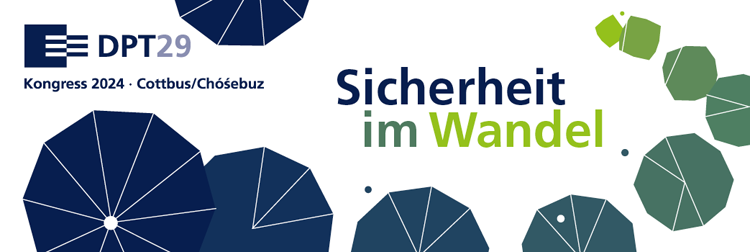What Ethnographers Have Learned from People Who Use Drugs
More news about the topic
As views towards people who use drugs have shifted, public health policies rooted in harm reduction have popped up across the United States. As of 2021, syringe exchange programs, which allow people who use drugs to trade in used needles for sterile ones, were permitted in 39 states and the District of Columbia. Last fall, the country’s first two sanctioned safe injection sites, at which people can take illicit drugs while staff monitor them for signs of an overdose, opened in New York City.
Research centered on the experience of people who use drugs has helped inform these initiatives. The aforementioned research into IV drug use provided evidence to support needle exchange programs. And findings from studies using ethnographic methods have prompted researchers to recommend better access to naloxone, a drug now widely used to reverse potentially fatal overdoses. Connecticut and Nevada cited the Forecast, or Fentanyl Overdose Reduction Checking Analysis study, which included interviews with more than 300 people who use drugs, when introducing programs to distribute strips that detect fentanyl. A synthetic opioid that can be 50 times more potent than heroin, fentanyl has become pervasive in the nation’s drug supply and has been tied to an increase in overdose deaths.
Ethnographers are quick to credit the contributions of people who use drugs in shaping safe use practices. “A huge part of harm reduction is the fact that people who use drugs should not be left out of the conversation, should not be left out of the decision-making progress.
www.praeventionstag.de

